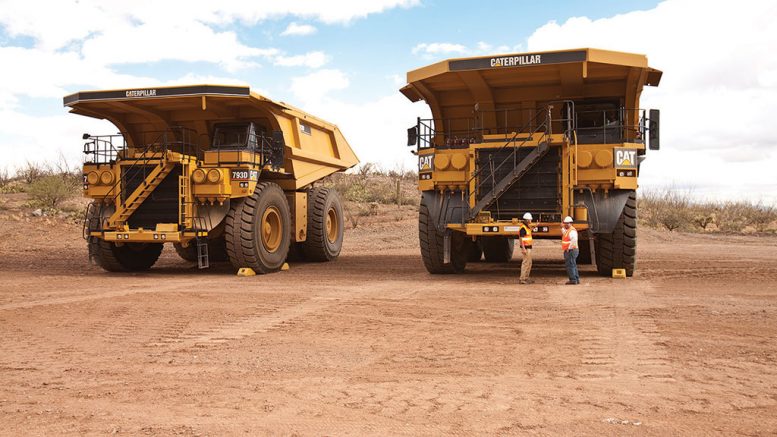The U.S. District Court for Arizona has turned down Hudbay Minerals’ (TSX: HBM; NYSE: HBM) request that it reconsider its ruling in July that prevents the company from developing its Rosemont copper mine in the state.
In October, U.S. District Court Judge James Soto said there was no reason to reconsider the earlier court ruling that challenged and overturned the U.S. Forest Services’ approval of the project.
“This ruling confirms the court continues to inappropriately assume the responsibility of the regulators, misrepresenting current mining laws and regulations that govern mining activities on public lands throughout Arizona and the U.S.,” Hudbay’s director of investor relations, Candace Brule, told The Northern Miner in an email response to questions about the latest setback for the company.
Hudbay did not issue a press release on the court’s denial of the motion for reconsideration, and says it is not in a position to share details about the timing or date of its appeal.
“We will continue our work to appeal the decision as we evaluate the next steps for the project,” Brule said.
The U.S. Forest Service issued its decision in June 2017, after a process that took 10 years, involving 17 cooperating agencies at various levels of government, 16 hearings, over 1,000 studies and 245 days of public comment resulting in more than 36,000 comments.
“Hudbay believed the court went beyond its authority by assessing the validity of Rosemont’s mining claims,” Brule said of the court’s initial ruling in July. “As such, we filed a motion to request that the court amend the judgment and remand Rosemont’s final record of decision to the Forest Service for additional investigation or explanation, while leaving the FEIS in place during this time.”
The court ruling involved Hudbay’s plan to use public lands next to the mine for its waste-rock, state-of-the-art tailings facility and other support facilities related to Rosemont’s operations.

Hudbay Minerals’ Rosemont copper property in Arizona. Credit: Hudbay Minerals.
“The use of public lands to support mining operations from valid mineral claims is a practice that has been adopted by other mines throughout the country, and is consistent with the regulations set out by the agencies that monitor and regulate these activities,” the company says.
In March, Hudbay’s board of directors approved a US$122-million early works program for Rosemont — part of the US$1.9-billion capital expense estimate for the project. In a press release on March 28, management said it expected to seek board approval to start Rosemont construction by the end of 2019, which would enable first production by the end of 2022.
The early works program was given the green light after Hudbay announced on March 21 that it had received the approved mine plan of operations (MPO) from the U.S. Forest Service. The MPO issuance was the last administrative step in the permitting process, the company said. Rosemont received its Section 404 water permit from the U.S. Army Corps of Engineers on March 8.
Rosemont’s environmental impact statement exceeded 2,600 pages, and its MPO weighed in at 4,000 pages. The company envisioned using dry-stack tailings, which mechanically filter out 85% of the water from the tailings and leaves a material that Hudbay describes as resembling “damp sand.” The water extracted could be reclaimed and reused for mining purposes, Hudbay said.
If built, Rosemont would be the third-largest copper mine in the U.S., accounting for 10% of the country’s annual copper production.
Over a projected 19-year mine life, Rosemont is expected to produce 127,000 tonnes of copper annually.
Hudbay added the project to its portfolio through its acquisition of Augusta Resource in September 2014.
The near-surface deposit consists of copper, molybdenum, silver and gold mineralization. It is a high-tonnage, skarn-hosted and porphyry-intruded deposit that would operate as an open-pit, shovel-and-truck operation.
A technical report completed in 2017 envisions a final pit measuring 1,828 metres east to west and 1,828 metres north to south, with a total depth of 884 metres, down to 945 metres.
The processing facility is 305 metres east of the pit, and the dry-stack tailings facility, 457 metres southeast of the pit.
Rosemont contains 536.2 million measured and indicated tonnes grading 0.29% copper, 0.011% molybdenum and 2.64 grams silver per tonne, and 62.3 million tonnes grading 0.30% copper, 0.01% molybdenum and 1.58 grams silver per tonne.


Be the first to comment on "Court rejects Hudbay motion to reconsider Rosemont"